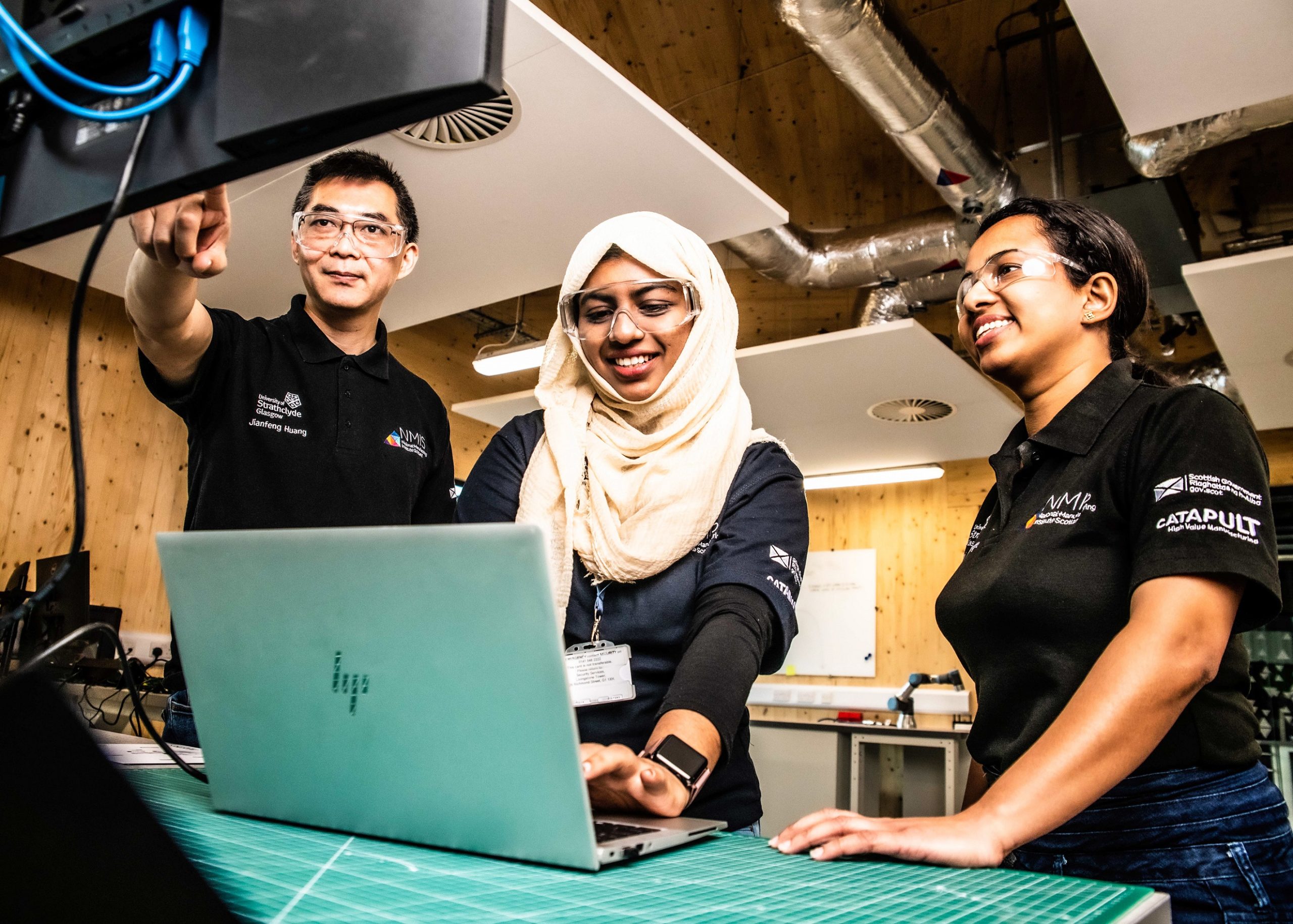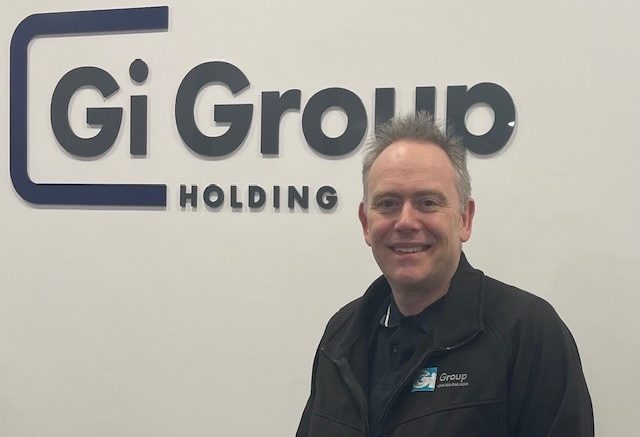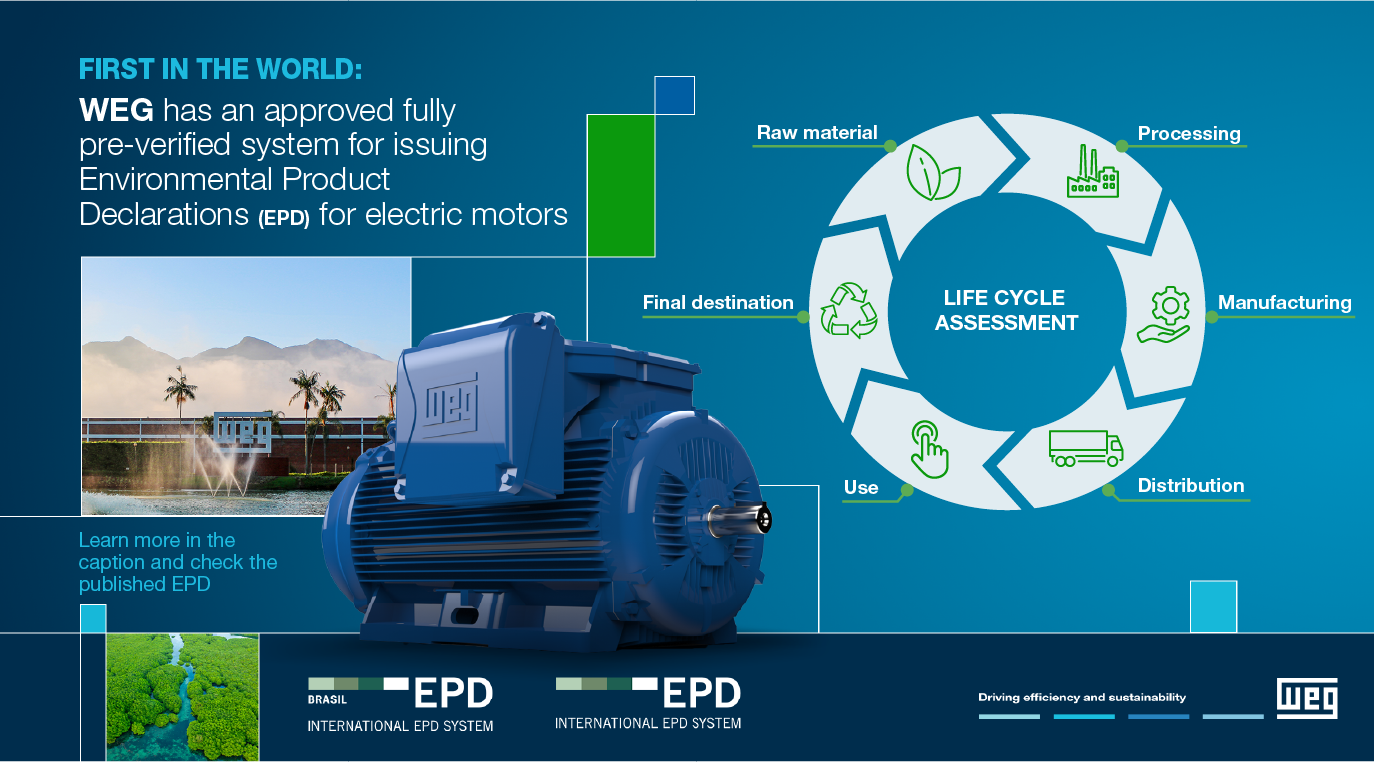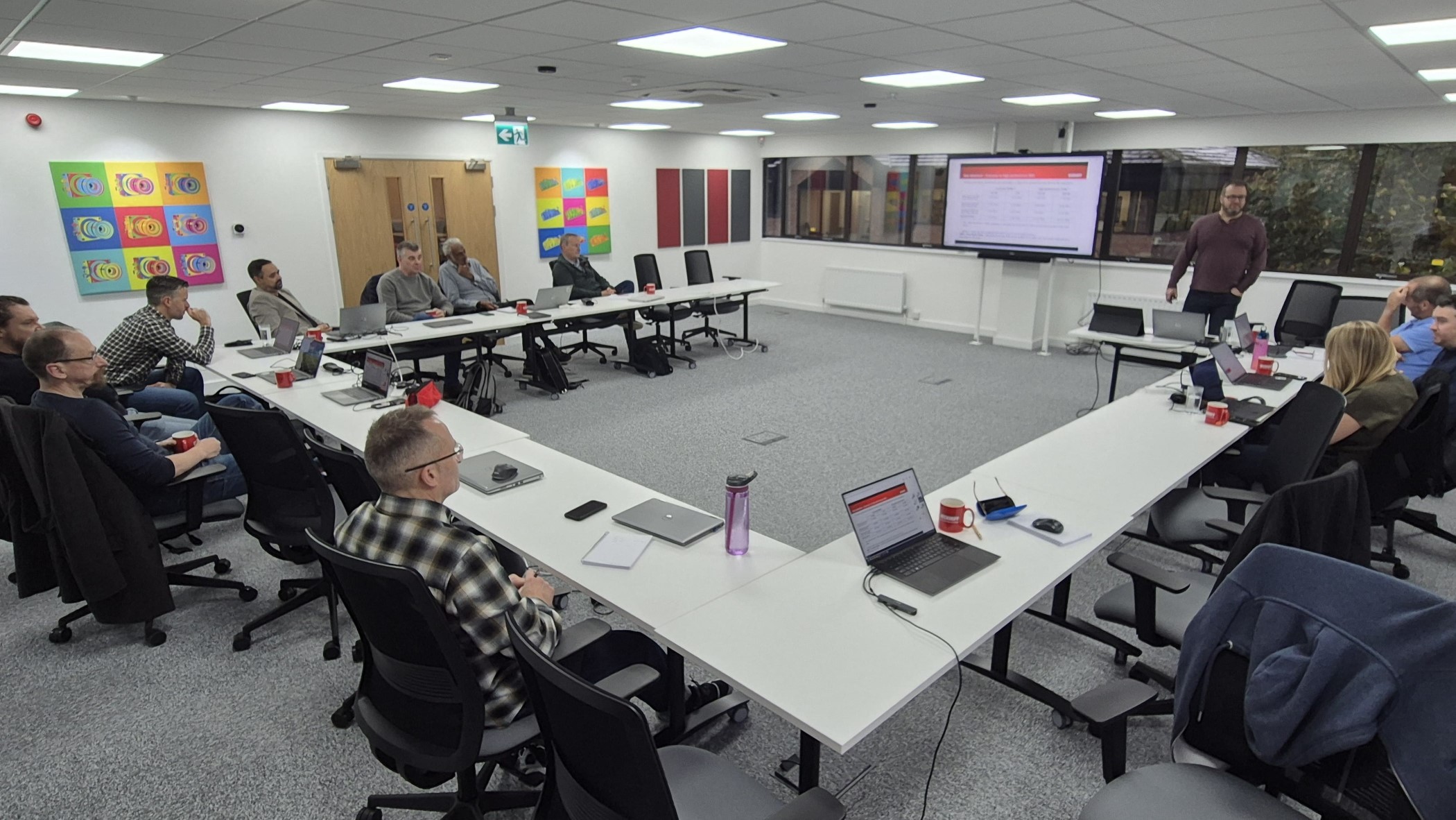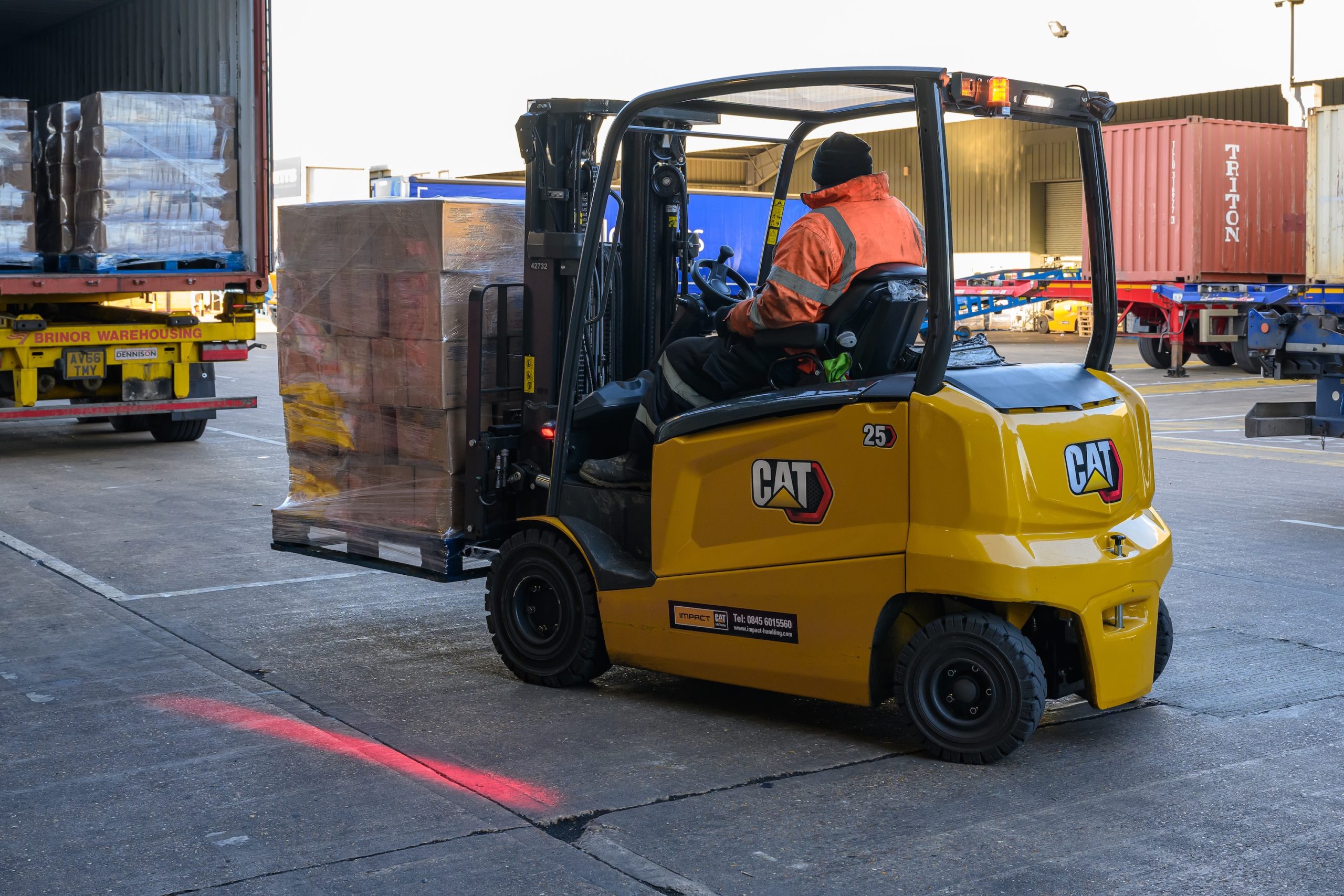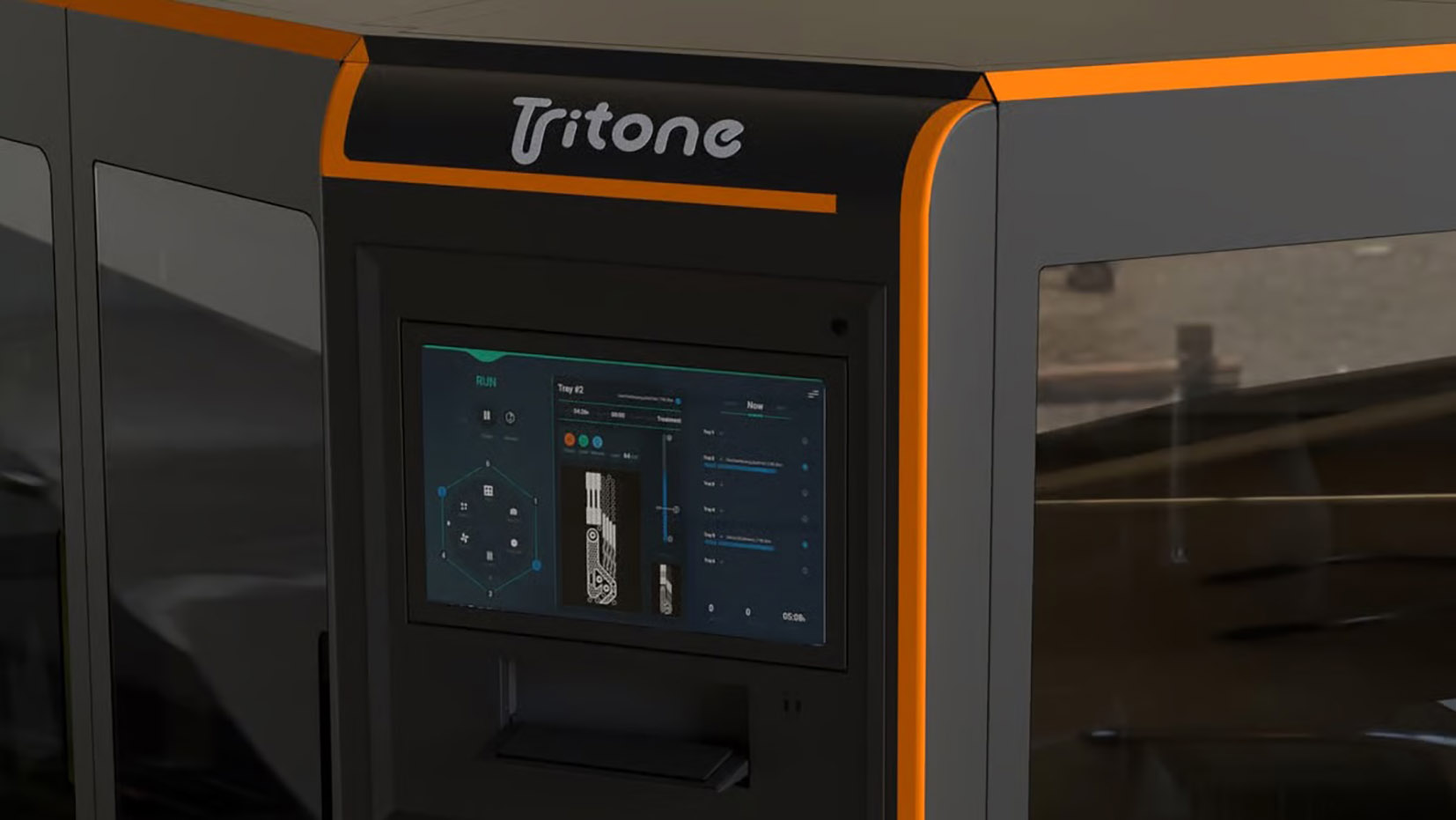World premiere of RCS 8.0 CAM software for turbine blade machining
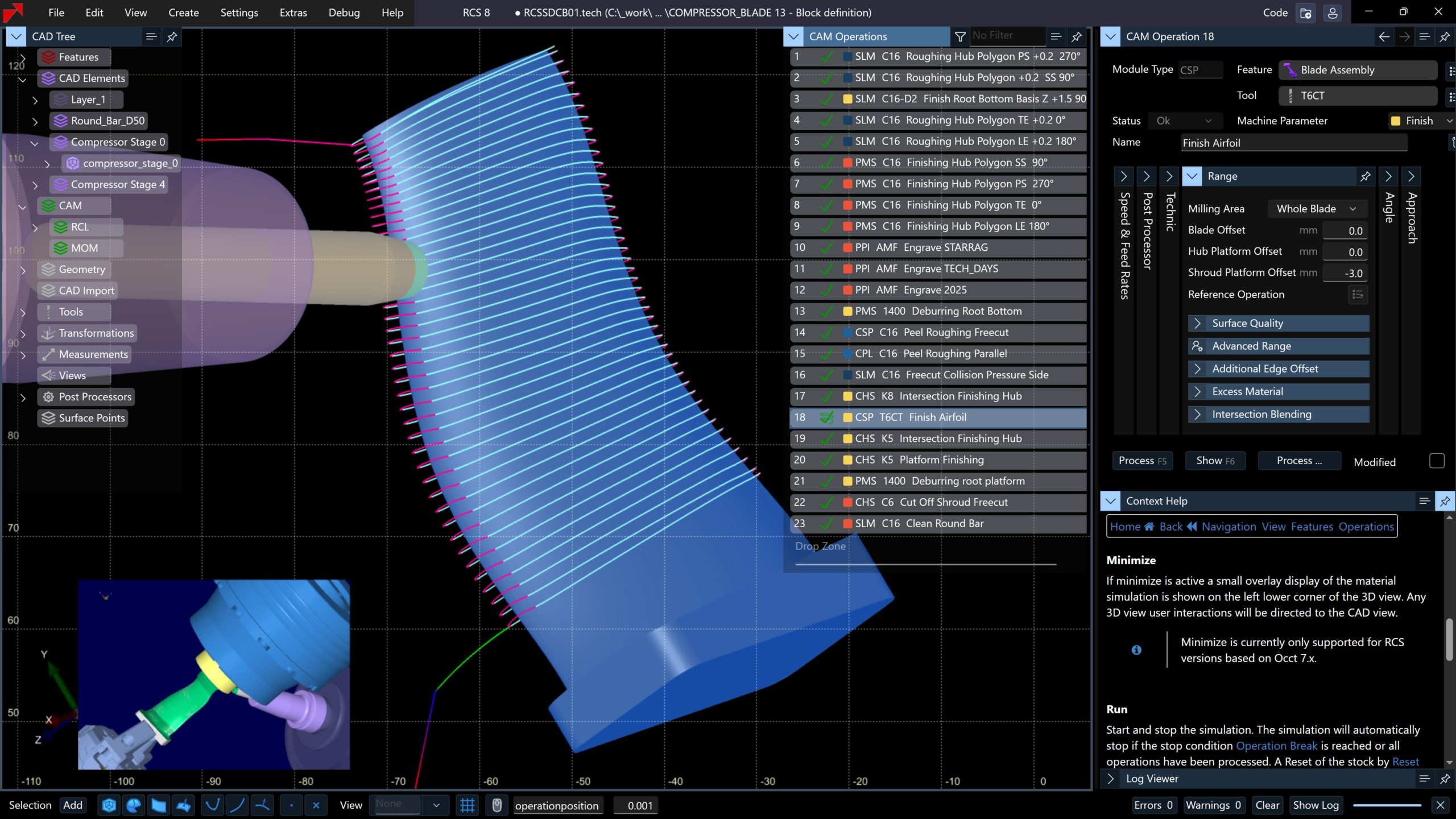
Starrag’s new RCS 8.0 CAM software for machining turbine blades now features learning capabilities. Receving its world premiere at the EMO 2025 exhibition in Hanover, the latest version of the software integrates advanced functions such as automated workflows and precise geometrical adaptation to variable unmachined parts – a clear step forward for complex freeform contours.
‘Le mieux est l’ennemi du bien’: Perfect is the enemy of good. The French philosopher Voltaire noted this over 300 years ago. He warned against destroying things that are already good in the pursuit of perfection. Starrag’s skilled programmers at its headquarters in Rorschacherberg, Switzerland, have been heeding this warning for more than 30 years. Instead of rashly discarding the tried and tested, the team at Starrag developed it further. RCS software for the high-precision machining of turbine blades and complex freeform surfaces has been produced there since 1984.
Proven use by long-standing aerospace customers
The CAM software has proven particularly successful on Starrag’s LX series machines, where they are not simply an additional tool, but an integral part of the overall architecture. Early RCS versions 1 to 6 were mainly used in the five-axis machining of aerospace components, and are still in productive use today at numerous Starrag customers. The subsequent 7 series brought advances such as best-fit workpiece alignment, automatic ‘dengeling’, collision avoidance and combined roughing/smoothing strategies.
Updates to RCS 7.8 brought numerous optimisations for practical use. These included an extended tool-holder management system with over 100 tool holders, improved flank machining with a variable contact zone to extend tool life and Z-level roughing across complete blade geometries.
Another new feature was the ability to adjust the feed rate in the material removal simulation automatically, which was able to reduce the machining time by up to 20%. The function to skip machining steps automatically depending on the condition of the unmachined part provides greater flexibility. It’s particularly useful for forged workpieces with irregular geometry.
Backwards compatibility
Users who switch to the latest version of the software will not have to go without these tried-and-tested functions and the features that were introduced in version 7.8. That’s because the Starrag development team has once again kept Voltaire’s warning in mind – and took the deliberate decision not to start from scratch, as programmers moved into the next generation. RCS 8.0 is characterised by comprehensive backwards compatibility with projects from RCS 7.x.
Existing NC strategies, program structures and milling paths can be transferred over and seamlessly integrated into the new form of AI-supported machining. The new version of the software, therefore, does not replace tried-and-tested cutting strategies – they instead become part of a new AI strategy. Users benefit from familiar processes – enhanced by automated workflows, modern geometry algorithms and AI optimisation.
Optimal cutting with real-time feedback
The new RCS 8.0 software brings noticeable advances in user guidance, process control and feedback. A modernised user interface, intelligent navigation with integrated error analysis and asynchronous workflows enable continuous work without interruption. Compared with the previous version, RCS 8.0 provides more direct real-time feedback – and thus opens new opportunities for dynamic, process-oriented cutting on five-axis machining centres.

